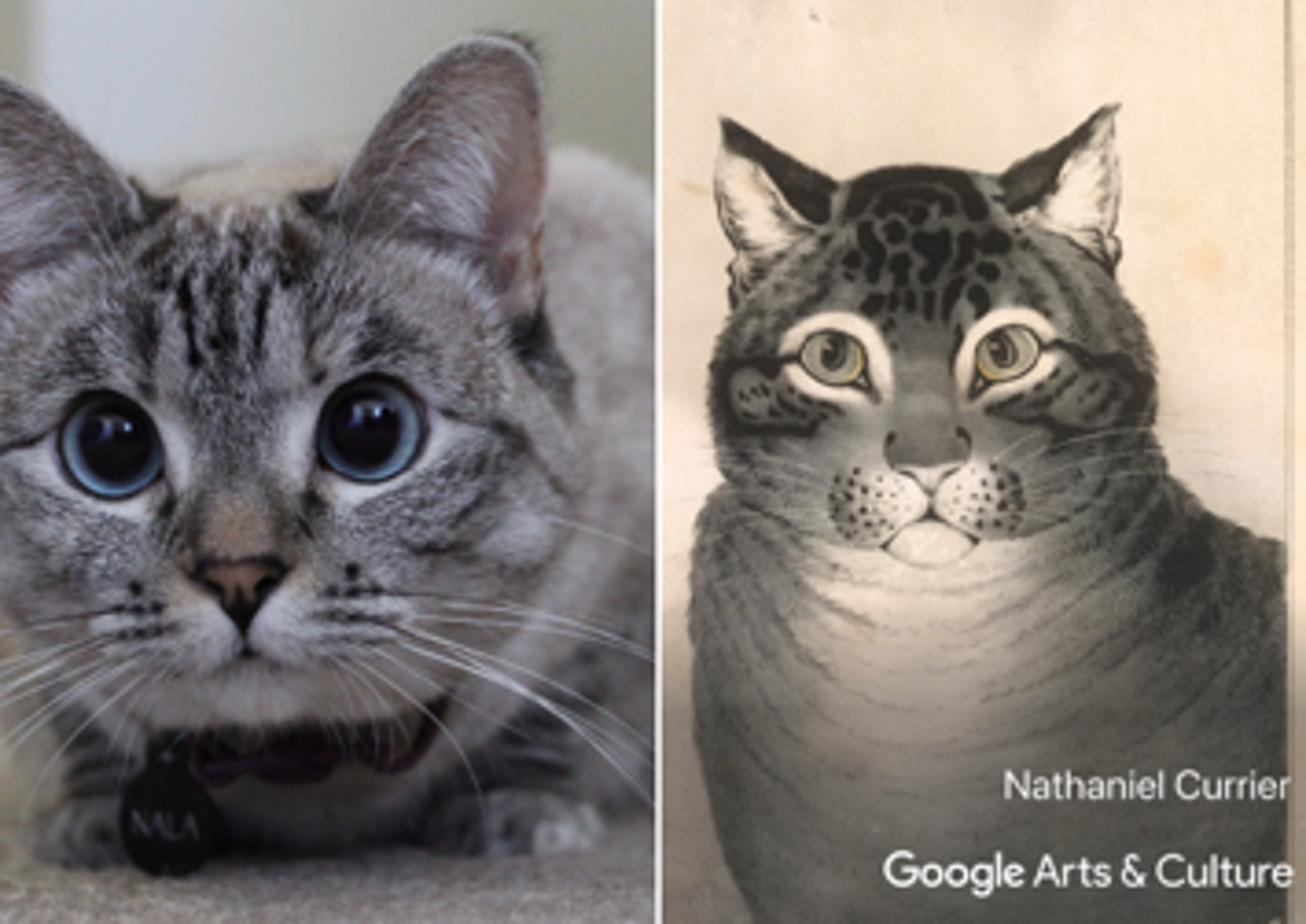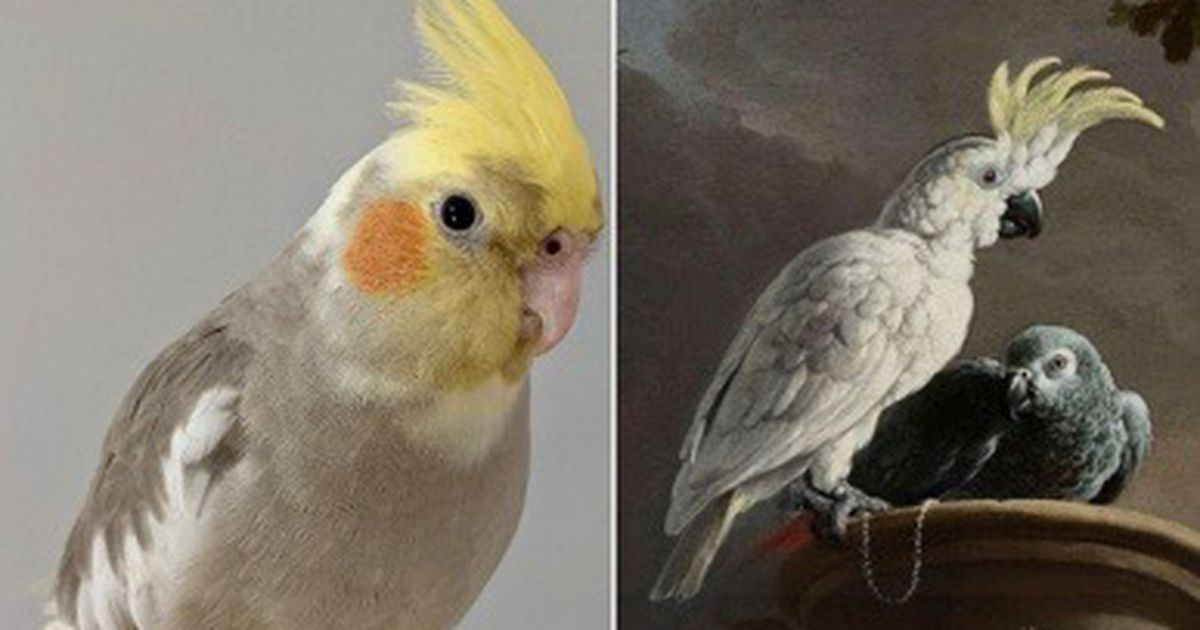Some real talk from retired geometry teacher Wendy Lichtman, above, the author of several math-themed YA novels:
Not many 15-year-olds care that two parallel lines are crossed by a transversal.
“But right here are two parallel lines,” she continues, pointing to a pink and orange quilt. “and these are transversals, and they are at a 90º angle and it feels real. You’ve gotta get it to look right.”
The teenaged participants in the Oakland, California program she founded to demystify geometry through hands-on quiltmaking get it to look right by plotting their designs on graph paper, carefully measuring and cutting shapes from bright calico of their own choosing. (Licthman has committed to buttoning her lip if their favored print is not to her taste.)
Lichtman came up with this creative approach to help a bright student who was in danger of not graduating, having flunked geometry three times.
She details their journey in How to Make a Geometric Quilt, an essay formatted as step-by-step instructions…not for quiltmaking but rather how those in the teaching profession can lead with humility and determination, while maintaining good boundaries.
Some highlights:
6. Sometime after the sewing has begun, and the math notebook is ignored for weeks, begin to worry that your student is not really learning geometry. She’s learning sewing and she’s learning to fix a broken bobbin, but really, geometry?
7. Remind yourself that this kid needs a quilt as much as she needs geometry.
8. Remember, also, the very, very old woman who taught you hat-making one night long ago. She had gone to school only through 5th grade because, she said, she was a Black child in the deep south and that’s how it was back then. Think about how she explained to the hat-making class that to figure out the length of the hat’s brim, you needed to measure from the center to the edge with a string and then do “three of those and a little bit more,” and remember how you sat in awe, because three radii and a little bit more is the definition of pi, and this hat-maker had evidently discovered for herself the formula for circumference.
As the two become better acquainted, the student let her guard down, revealing more about her situation while they swapped stories of their mothers.
But this was no easy A.
In addition to expecting regular, punctual attendance, Lictman stipulated that in order to pass, the student could not give the fruits of her labor away.
(Solid advice for creators of any craft project this ambitious. As Debbie Stoller, author of Stitch ‘n Bitch: The Knitter’s Handbook counsels:
…those who have never knit something have no idea how much time it took. If you give someone a sweater, they may think that you made that in an evening when you were watching a half-hour sitcom. It’s only when people actually attempt to knit that they finally get this realization, this light bulb goes on over their heads, and they realize that, “Wow, this actually takes some skill and some time. I’ve got newfound respect for my grandma.”)
Ultimately, Lichtman concludes that the five credits she awarded her student could not be reduced to something as simple as geometry or quilt-making;
You are giving her credit for something less tangible. Something like pride. Five credit hours for feeling she can accomplish something hard that, okay, is slightly related to geometry.
Examples of the current cohort’s work can be seen on Rock Paper Scissors Collective’s Instagram.
Once completed, these quilts will be donated to Bay Area foster children and pediatric patients at the local Children’s Hospital.
Related Content
Via Boing Boing
– Ayun Halliday is the Chief Primatologist of the East Village Inky zine and author, most recently, of Creative, Not Famous: The Small Potato Manifesto and Creative, Not Famous Activity Book. Follow her @AyunHalliday.




